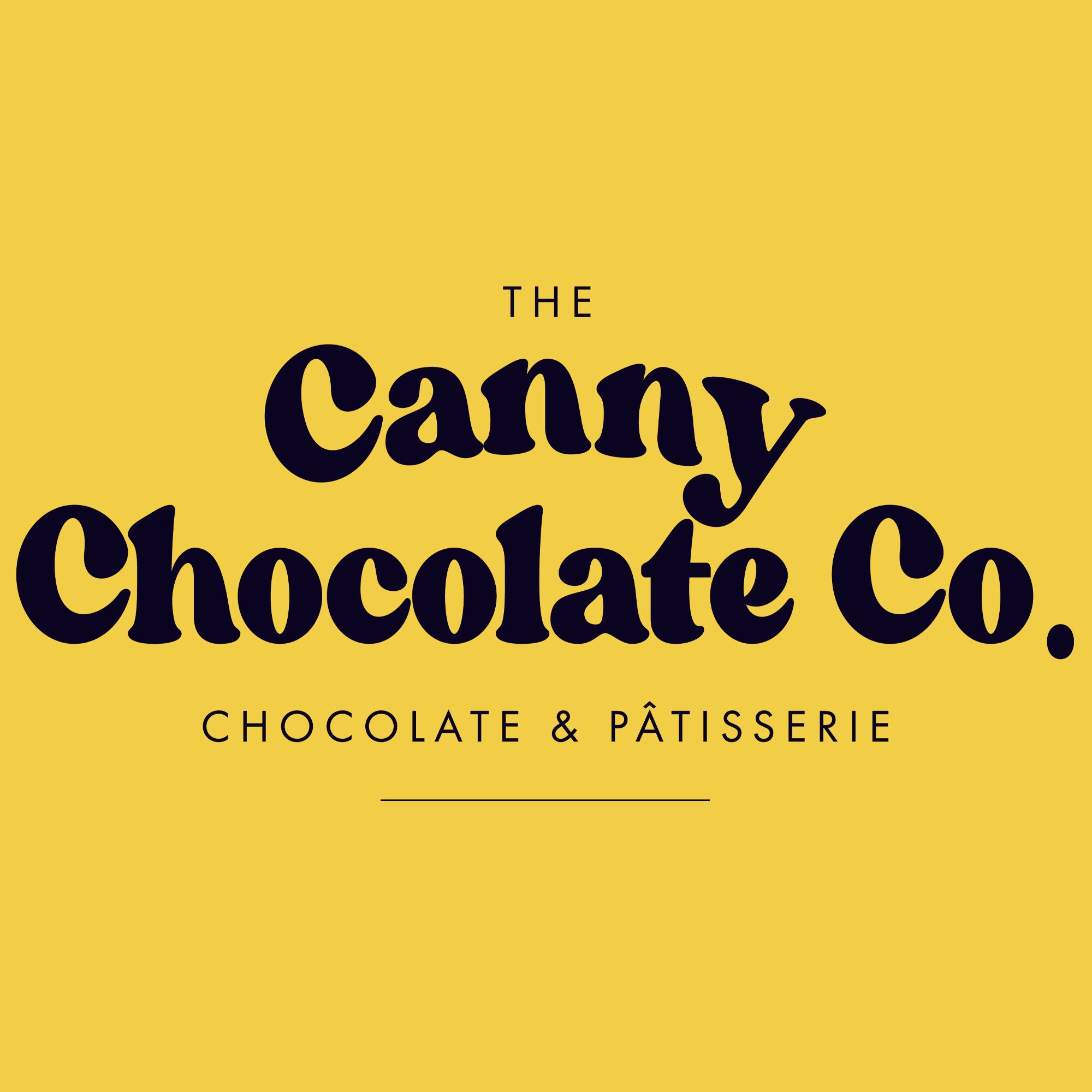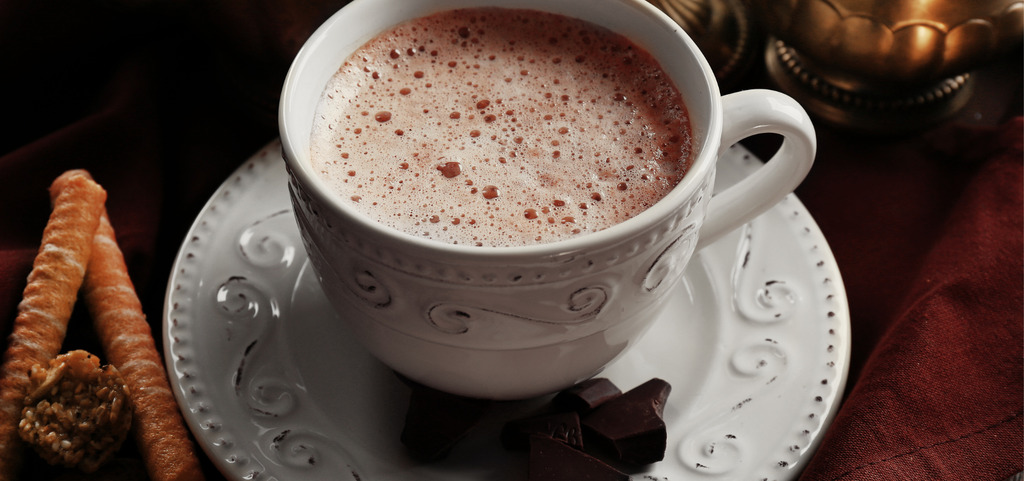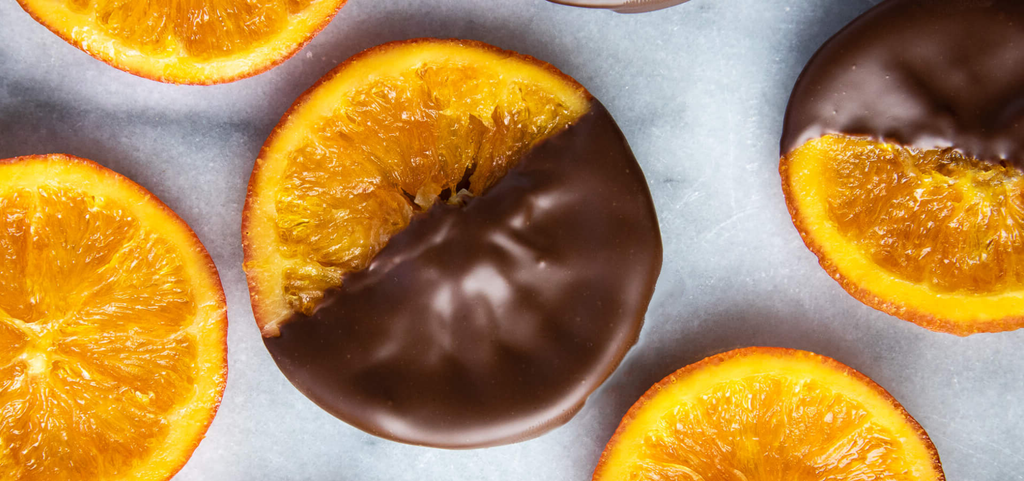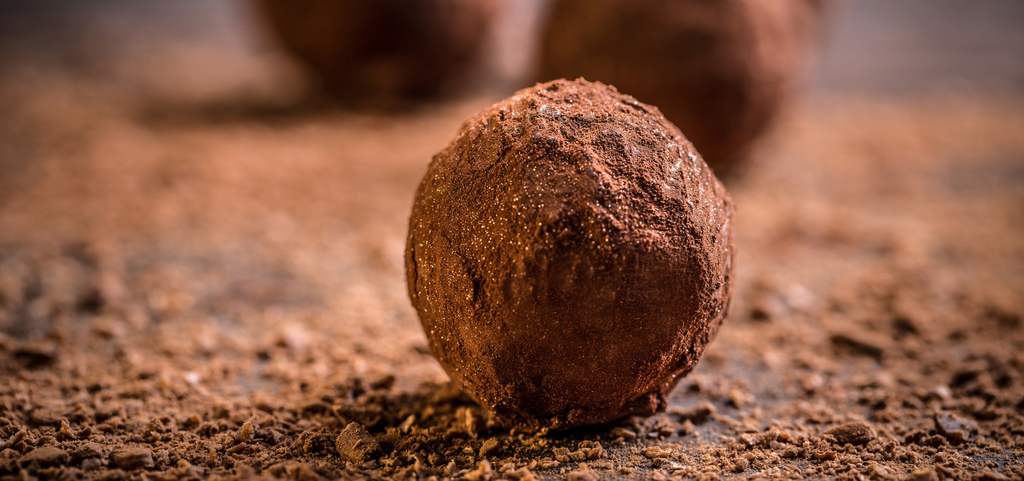
A Chocolatiers' Guide To Bruges This Christmas Season!

When we travel, we’re not just looking for pretty streets and good coffee. We’re looking for places that make us stop and think about why we do what we do. Bruges is one of those places. It has the canals, the cobbles and the postcard views, of course, but what brings us back is the way this small city still cares about craft. You can taste it in the chocolate, smell it in the waffle stands and see it in the tiny, family-run kitchens that quietly turn out some of the best food you’ll eat all year.

This is our guide to Bruges as chocolatiers. Not a checklist of every shop in town, but the places that genuinely inspire us: the chocolatiers whose work we respect, the museum we recommend to families, the waffle and hot chocolate stops we never skip, and the tiny husband-and-wife restaurant that turns dinner into an evening-long event. If you love chocolate and you care about the people behind it, Bruges is a place you’ll want to visit more than once.

How We See Bruges as Chocolatiers
When we walk into a chocolaterie, our brains don’t switch off just because we’re “on holiday”. The first thing we notice is the aroma — not just cocoa, but the tiny signals that tell you how a place works. Is there a hint of caramelisation in the air from praline roasting? Do you catch a trace of dairy from ganache production? Is the chocolate the star, or has it been drowned in sugar and flavourings?
Then we look. We look at shine, at polish, at how the moulded chocolates catch the light. We look at the bases of pralines to see how cleanly they’ve been capped. We look for air bubbles, for fingerprints, for bloom. We pay attention to how fillings are piped, how nuts are roasted, how bars are tempered and broken.
Bruges is fascinating because you can see many different answers to the same question: what should chocolate be? Some shops lean into tradition, some into modernity, some into theatre. As working chocolatiers, we love seeing that spectrum in one walkable city.
Starting the Day at Dumon
We nearly always begin at Dumon. There’s something grounding about starting in a place that has built its reputation on consistency and care. The original little shop looks almost like it’s been dropped into Bruges from another era, and yet nothing about the chocolate feels stuck in the past.
Inside, the counters are lined with pralines and truffles arranged in an unfussy, confident way. This is chocolate presented by people who trust their work. The gloss on the dark pieces tells you immediately that the temper is under control. Edges are sharp, shells are even, and the fillings are piped with a neatness that comes from repetition and pride.
When we taste, we’re looking for balance: how the shell yields, how the filling moves on the tongue, how flavour builds and then fades. At Dumon, the answers are reliably calm and composed. Nothing shouts for attention. Nut-based pralines are generous without being greasy, ganaches are smooth and finely textured, and flavours are layered rather than loud. It’s Belgian tradition done with a steady hand, and it’s a wonderful way to set your palate for the rest of the day.
Home Sweet Home – Warmth and Character

Later in the morning, we like to wander out towards Home Sweet Home. It sits a little away from the most crowded streets, and that alone changes the rhythm of the visit. As you approach, you already feel slightly more in step with everyday Bruges rather than its busiest squares.
Inside, the atmosphere is immediately personal. You can sense the presence of the people who make the chocolate — in the way things are displayed, in the way questions are answered, in the pride that quietly sits behind the counter. This is the kind of place where regulars are greeted by name and visitors are made to feel like they’re discovering something properly local.
From a maker’s point of view, what we love here is the bridge they build between comfort and creativity. The shells are well-tempered and evenly moulded, but the fillings often bring in ideas that feel a little more contemporary: gentler levels of sugar, interesting nut pastes, flavours that feel familiar but tuned with a lighter hand. You can tell that someone has thought about how each piece fits into a wider collection, and how that collection fits into the life of the neighbourhood.
We always leave Home Sweet Home with a box that’s heavier than we planned. It’s a good problem to have.
The Chocolate Line – Where Ideas Take Centre Stage
Then there’s The Chocolate Line. If Dumon is the calm elder statesman and Home Sweet Home is the friendly neighbour, The Chocolate Line is the experimental workshop that everyone talks about. Dominique Persoone and his team have built a reputation on pushing boundaries, but what interests us as chocolatiers is how disciplined the work still is beneath the playfulness.
Walk in and you’ll see displays that feel almost like art installations. Colours, shapes and textures come together in a way that immediately tells you this is not a place afraid to try new things. But look closely at the finish on the moulds, the precision of the decorations, the way each piece sits on the tray. The technical foundation is rock solid.
We pay attention to how flavours are constructed here. You might see combinations that make you raise an eyebrow at first, but when they work, they really work. There’s a sense of curiosity driving everything, but it’s anchored by a clear understanding of how cocoa behaves. Fat content, texture, acidity, aromatic notes — all of these are in dialogue with one another.
As fellow makers, we find The Chocolate Line exciting because it reminds us that chocolate is still evolving. You can respect tradition and still ask, “What if we tried this?” This shop is full of very interesting answers to that question.
Waffles at Chez Albert
At some point, your brain and palate need a different kind of pause, and that’s usually when we head to Chez Albert. You’ll probably smell it before you see it: the aroma of batter hitting hot irons, sugar caramelising, and waffles being pulled from the press at exactly the right moment.
These are Liege waffles, which means they have pearl sugar in the dough that caramelises on the surface as they cook. From a texture perspective, that’s part of what makes them so appealing. The exterior has a gentle crunch; the interior is soft and slightly chewy. Held in your hands on a cooler Bruges day, they’re as comforting as any dessert course.
You can have yours plain, or topped with chocolate, fruit or cream, but for us the real pleasure is in appreciating the base itself: the dough properly proved, the heat of the iron judged with skill, the timing managed by instinct as much as clock-watching. It’s another form of craftsmanship, just expressed in a different medium.
Hot Chocolate at The Old Chocolate House
Later in the day, when your legs are beginning to feel the cobbles and the air takes on that soft Bruges evening chill, The Old Chocolate House is where we go to sit down properly. The shop downstairs is charming, but it’s the upstairs tearoom that we always think about when we’re back home.
The room is cosy and familiar, with wooden tables, mismatched details and an atmosphere that encourages you to lower your shoulders and exhale. When the hot chocolate arrives, it does so with a sense of quiet theatre: a generous mug of hot milk, a small bowl or cup filled with chocolate callets or pieces, and the invitation to make the drink your own.
From a technical standpoint, what we enjoy here is the chance to watch people interact with chocolate in a different way. They stir, they taste, they add more, they adjust. The chocolate melts and emulsifies into the milk, and you can see how the ratio affects richness and mouthfeel. It’s a small, simple ritual, but if you work with chocolate for a living, it’s impossible not to pay attention to how delighted people are by the process itself.
Choco-Story – The Context Behind the Craft
We often recommend Choco-Story to families, but we’ll happily admit we enjoy it ourselves too. For anyone who works with chocolate, understanding its history isn’t optional; it’s part of the job. Choco-Story does a good job of telling that story in a way that doesn’t feel like homework.
The museum takes you through the journey of cocoa from its early use in Mesoamerican cultures through to European courts and then into modern production. There are objects, images and models that help you visualise that journey, and there are demonstrations and tastings that ground the information in flavour and texture.
What we appreciate most is that it gives people a sense of the labour involved long before cocoa reaches a workshop in Bruges or a kitchen in South Shields. It reminds you that behind every bar and every praline, there’s a complex chain of hands and decisions. As chocolatiers, that awareness matters to us, and we like seeing visitors encounter it too.
Walking Around Bruges
In between all of this tasting and learning, Bruges itself quietly does its work. The city is small enough that you rarely need public transport, and that’s a gift. You drift from one area to another on foot, letting your route be shaped as much by instinct as by maps.
There are corners of Bruges that feel almost impossibly still: a narrow lane where the walls lean in just enough to create a frame, a bridge where the reflection in the canal doubles the rooftops above, a courtyard where a single tree seems to anchor the space. Walking as chocolatiers, we find that these quiet moments are often when ideas surface. A display layout we’ve seen earlier in the day comes back to mind; a flavour pairing we tasted in a praline starts to connect to something we’ve been wanting to try at home.
Travel for us is rarely about volume — how many things we can tick off in a day. It’s about leaving enough silence around each experience that it can settle. Bruges makes that easier than most cities.
By Koen & Marijke – Fire, Patience and Hospitality

There is no better way, in our opinion, to end a Bruges day than at By Koen & Marijke. This tiny restaurant, run by a husband-and-wife team, captures so many of the values we admire: patience, precision, respect for ingredients and genuine hospitality.
The dining room is small, lit in a way that flatters conversation rather than photographs. From many of the tables you can see the open grill where Koen works. There’s something almost hypnotic about watching him tend the fire. He adjusts the height of the rack, repositions pieces, and judges progress not just by timers but by colour, aroma and instinct.
The steak here is remarkable. Not because it’s smothered in elaborate garnishes, but because it is cooked with the kind of focus that feels almost meditative. The exterior picks up the flavour of the wood and charcoal; the interior remains tender and evenly cooked. When you cut into it, you can see how heat has moved through the meat in a controlled way. It’s a different craft from chocolate, but the mindset is familiar: control, repetition, and respect for what’s in front of you.
Everything else on the menu follows the same principle. Seasonal vegetables are handled simply but carefully. Sauces have depth without heaviness. Portions are generous in a way that feels honest rather than showy. This is food cooked by someone who wants you to leave the table satisfied in every sense.
Meanwhile, Marijke moves through the room with a calm presence that holds everything together. She knows her regulars, guides visitors kindly and lets the evening unfold at a pace that makes you forget about time. Dinner here is not just a meal slot in the day; it is the day’s final chapter. By the time you step back out into the Bruges night, you feel grounded and full, in the best possible way.
Getting to Bruges – The Routes We Like
From the UK, there are a couple of routes we find particularly straightforward. One option is to fly to Brussels Charleroi, then connect by train to Bruges. Belgian train travel is generally efficient and easy to navigate, and the journey into the city is simple once you’ve done it once.
The other option we like, especially if we know we’ll be bringing back a fair amount of chocolate, is to take the ferry. You can sail to Calais and drive to Bruges in around an hour and a half, or sail to Amsterdam and enjoy a longer but scenic drive down into Belgium. Having a car means you’re not worrying about carry-on allowances or crushed boxes, and the journey itself becomes part of the trip rather than just a transfer.
Buying and Bringing Chocolate Home
As chocolatiers, we can’t help thinking practically about transport. If you’re planning to bring chocolate home, a few small considerations can make a big difference.
Solid bars, nut clusters and enrobed pieces generally travel best. They tolerate small temperature variations more easily and are less fragile than very thin shells or elaborate decorations. Pralines with fresh cream or very soft fillings are best enjoyed in Bruges or soon after you return; they’re not designed for long storage, and that’s part of their charm.
Try to keep chocolate out of direct sunlight and away from heat sources during your journey. If you’re driving, don’t leave it on the parcel shelf or right next to a window. If you’re flying, carry it in your hand luggage rather than checking it into the hold, where temperatures can vary dramatically.
Most importantly, buy with intention rather than panic. It’s tempting to grab everything that looks impressive in the last hour of your last day, but the pieces you’ll appreciate most at home are the ones you chose thoughtfully, because you remembered how they tasted and how they made you feel when you tried them in the shop.
A Chocolatiers’ Day in Bruges – How We Like to Do It
If you’re wondering how to fit all of this into a single visit, here is a rough outline of a day that works well for us:
- Morning: Start at Dumon for a calm introduction to Belgian craft, then walk on to The Chocolate Line to see how far creativity can go when the technical base is solid.
- Late Morning: Head over to Home Sweet Home for a more personal, neighbourhood feeling and a different take on flavour and texture.
- Lunchtime: Take a break from chocolate for an hour or two. Wander along the canals, climb the Belfry if you’re feeling energetic, or just sit with a coffee and watch Bruges go about its day.
- Afternoon: Visit Choco-Story to ground everything you’ve tasted in a bit of history and context, then reward yourselves with a Liege waffle from Chez Albert as you emerge back into the streets.
- Late Afternoon: Make your way to The Old Chocolate House and take your time over a proper hot chocolate in the upstairs tearoom.
- Evening: Book ahead and end the day at By Koen & Marijke, settling in for a full evening of grilled dishes, conversation and the kind of hospitality you’ll think about long after you leave.
Of course, there are many other ways to structure the day, and half the joy of Bruges is in the detours you didn’t plan. But this rhythm — alternating focused tasting with gentle wandering and unhurried meals — tends to give each experience enough space to register properly.
Why Bruges Matters to Us
Every time we come back from Bruges, we feel a mixture of calm and motivation. Calm, because the city has a way of slowing your thoughts down. Motivation, because you’ve just spent time in a place where people still care deeply about how things are made.
As chocolatiers, we spend a lot of time thinking about temper curves, flavour balance, shelf life, packaging, logistics, all the background details that have to work for a chocolate business to function. Trips like this pull us back to the heart of it: the moment when someone bites into a piece of chocolate and pauses for just half a second longer than usual because something about it feels right.
Bruges is full of people trying to create that moment in their own way — through tradition, through innovation, through family-run shops and through bold, inventive collections. Walking among them, tasting their work, talking to them when we can, reminds us that we’re part of a wider community of makers, each nudging the craft forward in our corner of the world.
If you love chocolate, we hope you get to experience Bruges through that lens at least once. And if you ever find yourself there, walking out of a chocolatier with a carefully packed box under your arm, know that somewhere not too far away, two chocolatiers from South Shields have probably done exactly the same thing, with exactly the same grin.







